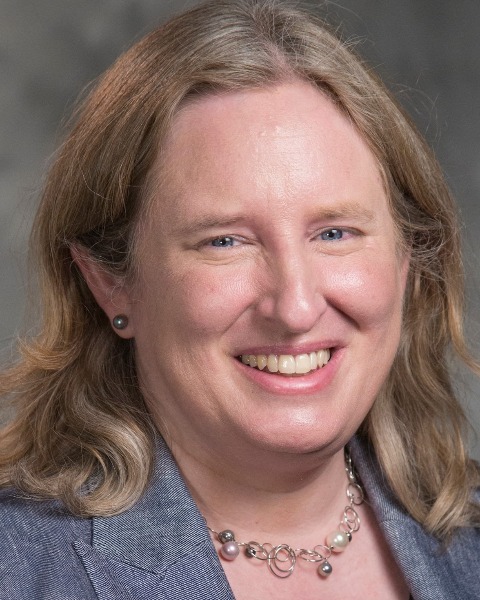Adolescent Medicine
Session: Adolescent Medicine 2
154 - Coordinating transfer from pediatric to adult primary care
Friday, May 3, 2024
5:15 PM - 7:15 PM ET
Poster Number: 154
Publication Number: 154.73
Publication Number: 154.73

Kitty O'Hare, MD (she/her/hers)
Consulting Associate
Duke University School of Medicine
Cary, North Carolina, United States
Presenting Author(s)
Background: The American Academy of Pediatrics and other groups have established guidelines to support the transition of Adolescents and Young Adults (AYA) from pediatric-centered to adult-centered medical care. Despite these recommendations, fewer than half of AYA receive assistance from their healthcare providers in transferring care. Providers cite many barriers such as time, cost, and lack of knowledge about adult care options.
Objective: We sought to overcome barriers by actively supporting AYA in transferring from pediatric to adult primary care.
Design/Methods: Our lifespan primary care network includes general pediatrics practices serving patients from birth to the 23rd birthday, as well as internal medicine and family medicine practices. We partnered one general pediatrics practice with our centralized care management office to generate a list of active patients age 23 years or older. The team drafted transfer-of-care talking points as well as a standardized letter. Care managers outreached to patients via phone calls, patient portal messages, and mailed letters. For patients who had not yet identified an adult primary care provider (PCP), the care managers offered to actively assist in scheduling with an adult provider. If the patient preferred an adult provider who was closed to new patients then the pediatric medical director outreached to the adult practice to discuss. Once patients had verified a relationship with an adult provider then they were removed from the general pediatrics panel.
Results: Between May and September 2023 care managers completed two rounds of outreach to a total of 511 patients [Table 1]. 109 (21.3%) had already scheduled with or seen an adult PCP. Care managers facilitated adult PCP appointments for 72 patients (14.1%). 11 patients (2.1%) requested additional conversation with their pediatric PCP about transfer options. 201 patients (39.3%) could not be reached. The remaining patients had moved out-of-state or else declined scheduling assistance. In general the care managers perceived that the outreach was feasible, not overly time-consuming, and was well-received by patients.
Conclusion(s): Within a lifespan primary care network, general pediatrics practices can partner with adult practices to coordinate transfers to an adult medical home. Centralized resources, such as a care management team, can play an important role when supported by the pediatric medical home. In the future we intend to lower the age for outreach to 22 years. Also in future state, we will consider any additional transfer needs required by patients with chronic medical conditions.
.jpg)
